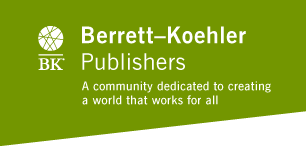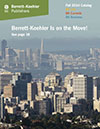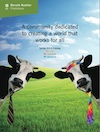-
The latest edition of the classic, definitive book on a change method proven effective worldwide
-
Thoroughly revised and updated, with nine new chapters
-
Provides a wealth of tools, handouts, and other practical aids
Future Search is one of the best established, most widespread and most effective methods for enabling groups of people to collectively move forward. It has been used all over the world for all kinds of purposes: to redesign an IKEA product line in Sweden, develop an integrated economic development plan in Northern Ireland, organize the demobilization child soldiers in Southern Sudan, and help a Hawaiian community reconnect with traditional values, This book, written by the originators of the process, is the most up-to-date edition of the definitive work on this powerful change method.
Incorporating input from the worldwide Future Search community, the third edition has been completely revised, reorganized and updated, including nine brand new chapters. There are new cases and examples throughout, as well as new material on using virtual technologies to hold Future Searches, combining Future Search with other change methods, and the growing global reach of Future Search. Marvin Weisbord and Sandra Janoff have greatly streamlined the process, providing specific guidance for Future Search sponsors, steering committees, participants, and facilitators, and new suggestions for how to sustain action after the Future Search is over. They’ve added information on the economic benefits of a Future Search, striking evidence of Future Search’s efficacy, information how Future Searches can go green, and more.
Future Search uniquely enables people to take down the walls that keep them apart, and Weisbord and Janoff take you through every step of the process. They include a wealth of resources such as handouts, sample client workbooks, follow-up reports, and other practical tools. If you want to do strategic planning, product innovation, quality improvement, organizational restructuring, or any other major change in a participative, whole system way, this book is your guide.
What sets this book apart from similar titles
- Other books in this field, such as Built to Change, contain a bias of top-down design which can make their suggestions unwieldy to implement. This book takes a more grassroots approach to searching for the future, where all stakeholders work cooperatively to create a shared vision of the future.
- It is an optimistic, aspiring book, which describes the change process as "an emotional rollercoaster" which can be upsetting at times but is overall exciting and fun. The Heart of Change Field Guide focuses more on the difficulties and obstacles of leading change within an organization (how to "get around" the people who drag you down, hold you back, etc.) Future Search's emphasis on both positivity and inclusivity sets it apart among change books.
- Future Search methods are so successful, that thousands of people around the world have sought and received training from the Future Search Network: http://www.futuresearch.net/.
 0 items in cart
0 items in cart









